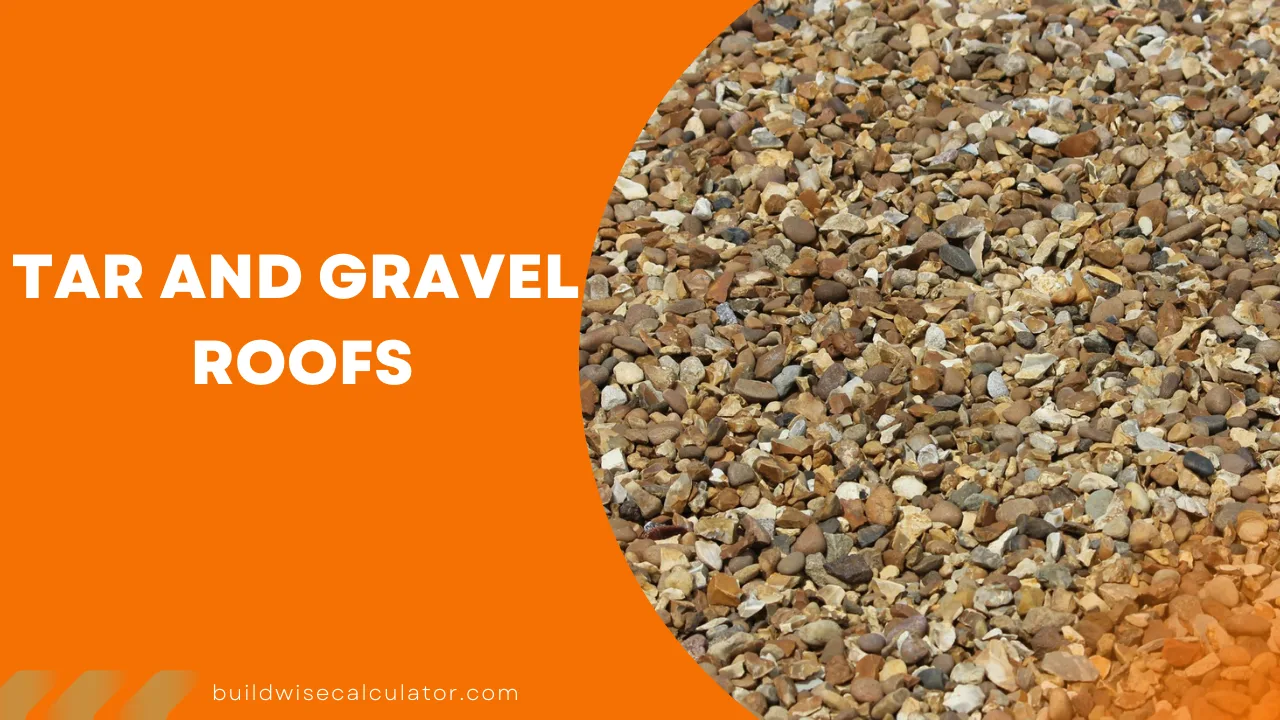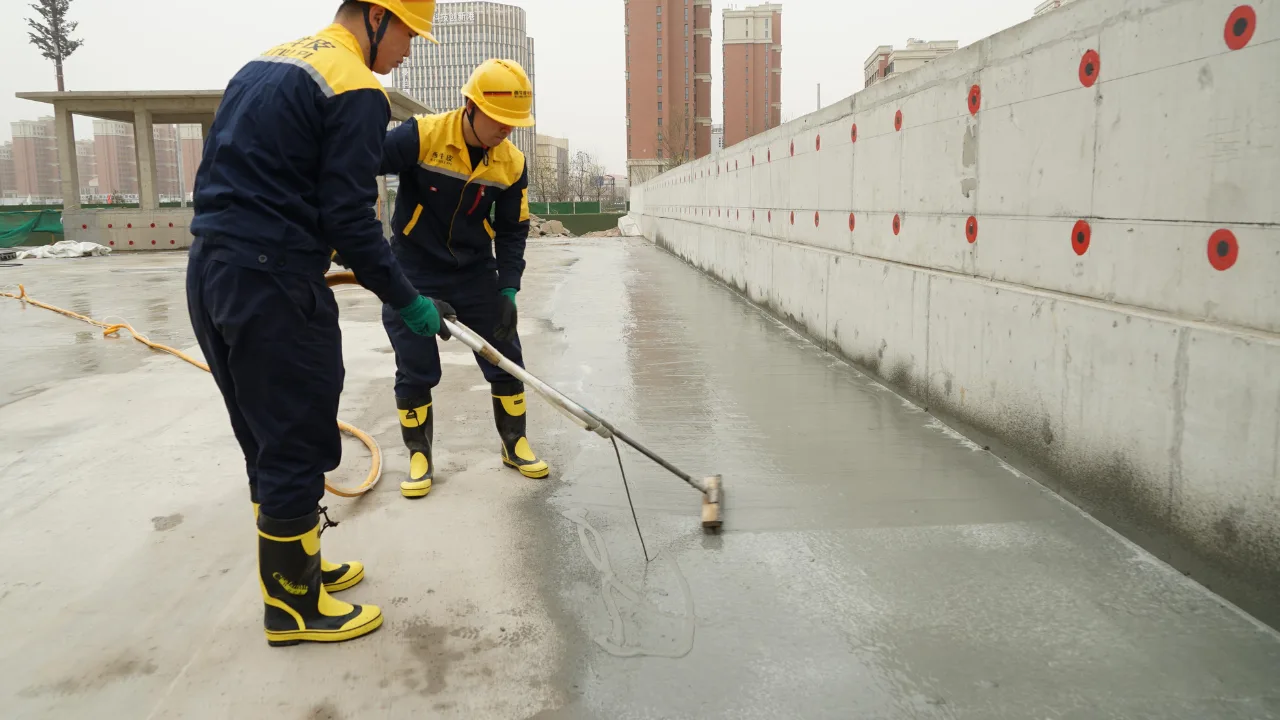Tar and Gravel Roofs: A Durable Roofing Solution for Modern Homes
Publish on: 18-Mar-2025

When it comes to roofing options, tar and gravel roofs are known for their durability and reliability, these roofs have been a popular choice for decades, especially for flat or low-slope roofs.
But are they still suitable for modern homes?
Let's find out.
What Is a Tar and Gravel Roof?
A tar and gravel roof, also called a built-up roof (BUR), is made up of multiple layers. These layers typically include asphalt or tar, reinforced with roofing felt, and topped with a layer of gravel or small stones.
The gravel acts as a protective layer, shielding the roof from UV rays, weather damage, and foot traffic. This combination creates a sturdy, long-lasting roofing system.
Why Choose a Tar and Gravel Roof?
- Durability: Tar and gravel roofs are tough. They can withstand harsh weather conditions, including heavy rain, snow, and even hail. The gravel layer adds an extra level of protection, making the roof resistant to wear and tear.
- Long Lifespan: With proper maintenance, a tar and gravel roof can last 20 to 30 years, sometimes even longer. This makes it a cost-effective option in the long run.
- Fire Resistance: The materials used in tar and gravel roofs are naturally fire-resistant, which adds an extra layer of safety to your home.
- Low Maintenance: These roofs don’t require constant upkeep. Regular inspections and minor repairs are usually enough to keep them in good shape.
- Eco-Friendly: Tar and gravel roofs are often made with recycled materials, making them a more sustainable choice compared to some modern roofing options.
What type of roofing is tar and gravel used for?
Tar and gravel roofs are commonly found on flat or low-slope roofs, such as those on commercial buildings, garages, and some residential homes. They’re also a popular choice for areas with extreme weather conditions because of their durability.
How to Maintain a Tar and Gravel Roof?

While tar and gravel roofs are low-maintenance, they still need some care to last their full lifespan. Here are a few tips:
- Regular Inspections: Check your roof at least twice a year, especially after severe weather. Look for cracks, loose gravel, or pooling water.
- Fix Leaks Promptly: If you notice a leak, address it immediately to prevent further damage.
- Clean the Surface: Remove debris like leaves and branches that can trap moisture and cause damage over time.
- Re-gravel When Needed: Over time, the gravel layer may thin out. Adding fresh gravel can help maintain the roof’s protective qualities.
Signs It’s Time for a Replacement
Even the most durable roofs don’t last forever. Here are some signs that your tar and gravel roof might need replacing:
- Frequent leaks that are hard to locate and repair.
- Large cracks or blisters in the surface.
- Excessive gravel loss, leaving the underlying layers exposed.
- Sagging or uneven areas, which could indicate structural issues.
Cost Considerations
The cost of a tar and gravel roof depends on factors like the size of your roof, the materials used, and labor costs. On average, you can expect to pay between 4 to 8 dollars per square foot. While this might seem higher than some other options, the long lifespan and low maintenance costs often make it a worthwhile investment.
If you want to estimate the cost of tar and gravel materials to purchase the right amount for your project, you can use this free online tar and gravel calculator.
Is a Tar and Gravel Roof Right for You?
If you’re looking for a sturdy and durable roofing option, a tar and gravel roof might be a suitable choice. However, it’s wise to carefully consider its benefits and drawbacks and evaluate whether it meets your specific requirements before finalizing your decision.
Pros and Cons
Pros of Tar and Gravel Roofing:
- Durability – Can last 20–30 years with proper maintenance, resistant to harsh weather.
- Cost-Effective – Generally cheaper than other flat roofing options like rubber or metal.
Cons of Tar and Gravel Roofing:
- Heavy Weight – Requires a strong roof structure to support the added weight.
- Maintenance Issues – Gravel can shift over time, and leaks are harder to detect and repair.
Final Thoughts
Tar and gravel roofs have been around for a long time, and for good reason. They’re durable, low-maintenance, and cost-effective over time. While they may not be the flashiest option, they offer reliable protection for your home. If you’re considering a new roof, don’t overlook this classic choice—it might just be the perfect fit for your modern home.
Recent Posts
How Much Rebar Do I Need? – A Complete Guide
How Much Epoxy Do You Need for Your Floor?
How to Calculate Yards of Concrete: A Simple Guide for Your Next Project
Difference Between Cement and Concrete: What You Need to Know
How to Calculate Tile for a Shower: A Beginner’s Step-by-Step Guide
Roof Truss: Picking the Right Thickness for Your Project
Concrete Slab Construction: Materials, Process & Thickness Rules
How to Calculate Square Feet of a Wall: A Beginner’s Step-by-Step Guide
What is Crown Molding? Its Pros, Cons, and Uses
What is MDF? A Complete Guide to Medium-Density Fiberboard
What is Concrete? History, Types, Costs, and Tips for Working with It
What is Asphalt, How is it Made, and How Much Does it Cost?
Drywall: A Complete Guide to Installation, Repair, and Finishing
Floor Wax Guide: Best Practices for Wood, Tile, and Hardwood Surfaces
What Masonry Sand Is and Its Uses
Building and Installing Post and Rail Fences
Best Plywood Types for Roofing: Strength, Durability, and Protection
Slope: Why It Matters and How to Define It
Roof Panels: Types, Installation, Costs, and Maintenance
Electric Fences: Installation, Costs, Testing, and How They Work
How to Calculate Acreage of an Irregular Lot?
How Deep Should a Patio Base Be? Expert Tips and Material Choices
Deck Posts: Types, Materials, Pros & Cons, and Spacing
Types of Stone Wall: A Complete Guide
Mild Steel vs Carbon Steel | What is the differance?
How Deep Should a Fence Post Be?
5052 vs. 6061 Aluminum: Key Differences and Best Uses
Carpet Area vs Built-Up Area: What’s the Difference and How to Calculate?